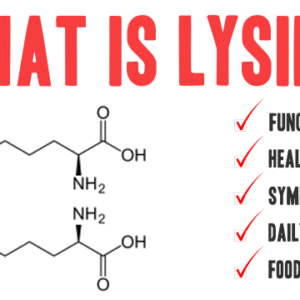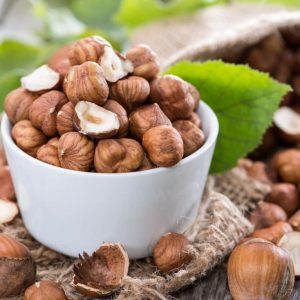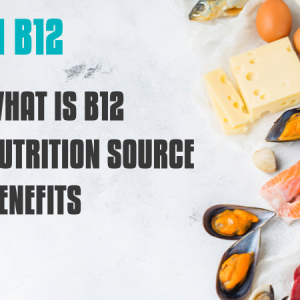Citrulline malate is a type of non-essential amino acid. It is both produced by the body and can be obtained from foods or supplements. During digestion, it is converted in the kidneys to arginine and other amino acids called nitric oxide. Thus, it provides the body to obtain different amino acids that it needs.
What is Citrulline Malate?
Citrulline malate occurs as a derivative of the amino acid citrulline. Combined with malate, which is an important component for energy production, it becomes citrulline malate. Thanks to this combination, it provides relief from fatigue after training. Non-essential citrulline malate is produced by the body and forms the building blocks of protein and creatinine in the body. It is involved in both protein and creatine synthesis, and also fights against harmful components that occur in the urea cycle in the body and ensures that they are eliminated from the body.
It is formed when citrulline malate combines with the malate anion. Thus, citrulline malate is an organic powder of malic acid. Although it is among the important amino acids for the body, although it is produced by the body, its amount is insufficient for the body in some cases. Thus, it can be obtained from the foods you will buy from outside or from some supplement products.
What is citrulline malate good for?
Citrulline malate is converted to the amino acid arginine, which plays an important role in the release of nitric oxide in the kidneys. This causes the veins to dilate, ensuring the delivery of nutrient and oxygen-rich blood to the tissues. Excess blood reaching the skeletal and muscular structures helps to produce more energy in the body. In addition, it ensures that substances such as lactic acid formed in the muscles after training are removed from the body. This means minimizing muscle fatigue and reducing muscle soreness after training.
Increasing the use of citrulline with supplements or food consumption increases the amount of metabolites that increase muscle mass and endurance. This means improvement in physical performance and endurance.
Citrulline Malate Benefits
Since citrulline malate is a derivative of citrulline, many of its properties and functions in the body are similar. However, the properties of citrulline malate are;
- They are used in the body by splitting into arginine and nitric oxides. ”Citrulline malate enhances nitric oxide production”
- Reduces performance degradation during training.
- It reduces post-workout muscle soreness.
- Increases stamina.
- It increases the blood in the veins and thus the width of the veins is provided.
- It develops the heart muscles.
- It reduces fatigue.
- Combined with some supplements, it accelerates your muscle growth.
Citrulline Malate Helps Reduce Muscle Fatigue While Increasing Endurance
How to Use Citrulline Malate
Citrulline malate is converted into arginine amino acid in the body, increasing nitric oxide production. Thus, it is effective for cardiovascular health, as well as an increase in performance in training. The recommended daily dose is about 6-8 grams of citrulline malate per day. Some pre-workout supplements contain citrulline malate. By using such supplements, you will meet the need for citrulline malate.
Foods Containing Citrulline Malate
Citrulline malate can be consumed both from food and supplements. Along with these, watermelon is among the richest foods with its citrulline malate content. In addition to its natural citrulline content, watermelon is rich in vitamins A, B-6 and C, plus potassium, fiber and antioxidants, and lycopene. If we itemize them;
- The white part of the watermelon, close to the rind.
- watermelon juice
- Cucumber
- Onion and garlic
- Liver, meat and fish
- Chickpeas and beans
- Soy
- Peanut
- Dark chocolate
- Walnuts and almonds
- Pumpkin and gourd
Source: https://www.ncbi.nlm.nih.gov/pmc/articles/PMC7749242/











